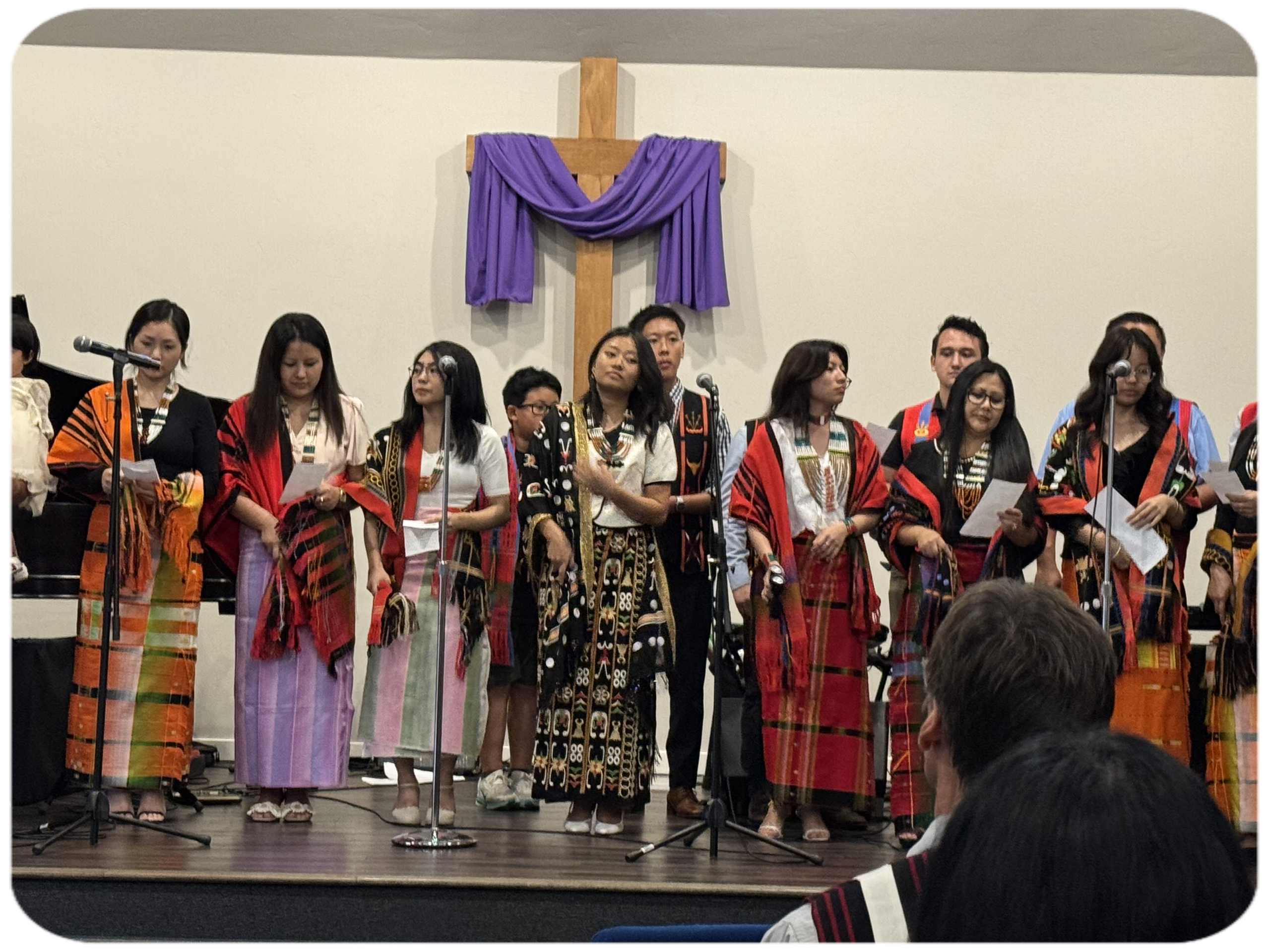History & Culture
The Nagalim is a collective term for the Naga people,
who are an indigenous ethnic group of Northeast India.
The Nagalim is home to a variety of cultures, languages, and religions.

History & Culture

The culture of the Nagalim is diverse, with each of the various tribes having its own distinct traditions. Common cultural practices include traditional festivals, music, art, dance, and cuisine. In addition, there is a strong emphasis on the preservation of traditional Naga values and beliefs. These include a deep respect for nature, honor for ancestors, and a commitment to non-violence.
Snapshot of Nagalim History
Nagalim is located in the northeastern region of India and northern Myanmar. Over 90% of all Nagas resolutely maintain they never joined the Indian union by conquest or concession. Both countries are home to a large population of 4.5 million indigenous Naga people consisting of 16 major tribes, 50 sub-tribes in total 66 tribes. The Naga people have long been subjected to marginalization and discrimination from the Indian Government and have been striving for independence and self-determination for almost 80 years since the British colonized India and Nagalim territories from 1858 to 1947. Actually the roots of this problem with the GOI and Myanmar was originally caused by British colonialism. Over the decades of British rule, the British barely interacted with Nagas areas because the Nagas lived so remotely to India proper and therefore the Nagas lived without much day to day management by the British. When the British decolonized the area, they left it to a British bureaucrat to literally draw the borders with a pen. Without consent of any Naga tribal leaders, the British segmented the Naga people into two parts and was considered an external issue to India, with 2/3 was divided in India and 1/3 to Myanmar. Till this day the Nagas adamantly claim they never joined the GOI by “Conquest or Concession”. In fact, the Naga always celebrate their Independence Day one day before Aug 14, 1947, when they sent a letter to the United Nations to gain recognition as a member of the UN. The GOI declares their Independence Day on August 15, 1947, from Britain. Even Mahatma Gandhi, in 1947 agreed that if the Nagas didn't want to be a part of the Indian Union they should not have to. Nagalim is the word used to reintegrate the four states in India who have self-identifying Nagas ethnic identity and territory, in addition to the northern parts of Myanmar. The Nagas’ borders were arbitrary divided without their input or consent by the GOI when the British left in 1947, and the GOI did this as a means to divide and conquer the Nagas' further to obliterate the Naga identity into being part of the GOI. Of the other 28 states that make up India some joined freely but in the Northeast area given by Britain four of the Naga territories resisted and defended their land for which they lived on (as first nations) for thousands of years, the Nagas originally migrated from Mongolia through China, through Burma (now Myanmar and settled North of Myanmar into what is called North East India). Some of the seven sister states, in that North East region that had no way to defend themselves were forced by gunpoint to join the GOI union, but the Nagas who were an agile head-hunting culture of warriors, later at the height of the genocide in the 50s -70s, asked for assistance from the Chinese government. The freedom fighter soldiers that were trained by the Chinese army were given guns to defend themselves from the GOI army from occupying their territories. It is with much gratitude the Nagas always notate that the Chinese didn't impose their communistic ideals on the Nagas but allowed them to respectfully worship as Christians when in China. Nagalim is predominantly an English speaking Christian people with tremendous potential of strategic importance to the United States, Department of Homeland Security, our military and for economic development. Located in the northeastern corner of Hindu, India, and is sandwiched dead center between Buddhist, Myanmar, Muslim, Bangladesh and Communist, China. The Indian states of Arunachal Pradesh, Assam and Manipur, Nagaland, which all have Nagas residing in them shares borders with four countries. This strategic geography puts the US in a unique position to co-control or influence cross-border activities, like international trade, and stopping illegal immigration. For decades, the Naga people have become increasingly vocal in their call for freedom, and have called on the international community for support in their struggle for independence, but the GOI being more wealthy and powerful, have mislead the press about the Naga genocide.







